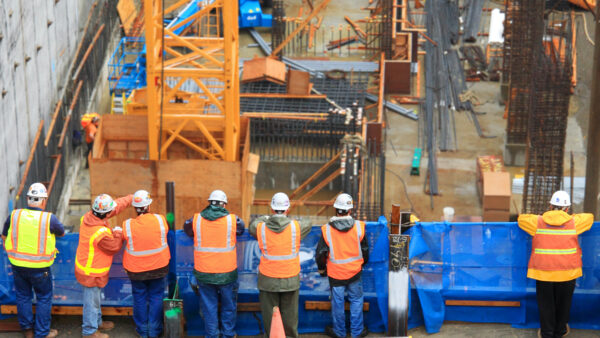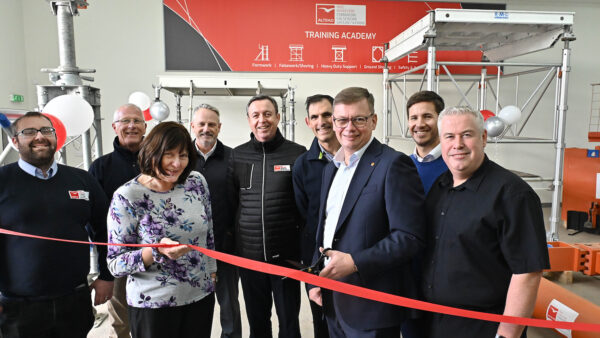
Lendlease recently became the first UK contractor to reveal its gender pay gap data – six months ahead of the government’s April 2018 deadline. Head of design Lucy Homer explains the firm’s thinking to James Kenny.

Lucy Homer
What prompted Lendlease to become an early adopter in publishing its gender pay gap data?
Lendlease ensures everyone working for us is paid equally for “equal work” – but the gender pay gap is a separate issue, and signifies any difference in the average earnings of all men and women collectively across a company.
It also provides an indication of the number of men versus women employed, as well as the seniority of their respective roles. Just 11% of the construction workforce is female – so we can assume the gender pay gap is large. We think the industry should now focus on narrowing this by increasing female representation, especially at senior levels.
The time for this has never been better: the government’s new legislation requires all companies with more than 250 employees to report their gender pay gap measurement by April 2018. Lendlease has opted to publish our gender pay figures early to raise awareness of this issue in the built environment sector.
In the UK, only our construction business employs more than 250 people and is required to report its figures. However, we’ve also decided to report the wider Lendlease group in the UK to give a more accurate picture.
Our construction business has a gender pay gap measurement based on overall female representation of 30%, while the overall representation gap for our UK business is 19% – in line with the national average. The construction business gap results from the fact that – as in the wider industry – more men than women are employed. We want to close that gap.
What specific schemes are Lendlease implementing to boost female representation within the company?
We are taking strong measures across all levels of job roles to recruit and retain women, and to support them to rise up through the ranks. These include flexible working, shared parental leave and a requirement that all recruitment shortlists include women. For graduate roles we are recruiting 50:50 men and women.
Lendlease Group
- 1,200 UK employees
- 29% of employees are women: 348
- Average hourly fixed pay gap 19.2%
- Average bonus gap 46.2%
Lendlease Construction
- 19% of employees are women
- Average hourly fixed pay gap 30.4%
- Average bonus gap 65.4%
We are already seeing results: in the last 18 months we have increased senior female representation across the business from 24% to 29% – and we are now targeting 33%. I run a female networking group across construction and one of things that we learnt from this is that females want further support in terms of their confidence and career progression, so we have now implemented a female empowerment programme.
Does Lendlease have a return-to-work programme, and is the company looking at encouraging women back into construction?
We are currently working on a returners programme to enhance our existing benefits, which include six months’ fully paid, shared parental leave. Due to be launched next year, it will further support returning parents and carers with their reintegration back to work.
Are there other sectors and industries, which have addressed similar gender pay gap issues, that you feel construction can follow?
Countries which regularly top rankings for gender pay equality – for example, Finland, Norway and Sweden – are all really transparent about who is employed where and what they earn. In Sweden you can even call up the tax authority and ask what someone earns. I’m not advocating we go that far but the point is that being open about the facts is the foundation needed in order to move forward.
Are there any specific roles Lendlease will target to close the gender pay gap?
Some roles have been traditionally easier to fill with females, commercial and design for example, and we will strive for 50/50 shortlists for these. We also ensure a level playing field for the recruitment process through balanced interview panels and people management assessments for our people managers.
What roles are the most difficult to employ women in?
Site-based roles remain the hardest. I put this down largely to the perception of building sites as physically demanding and unwelcoming environments. The reality is different though – Lendlease sites are orderly and driven by an incredible range of skills and ingenuity, as well as sophisticated technology. Safety measures are extensive and the management of complex logistics is amazing. It’s down to everyone in the sector to get the word out that this is a great place for women to work.
“In the last 18 months we have increased senior female representation
from 24% to 29%”
Lucy Homer, head of design, Lendlease








